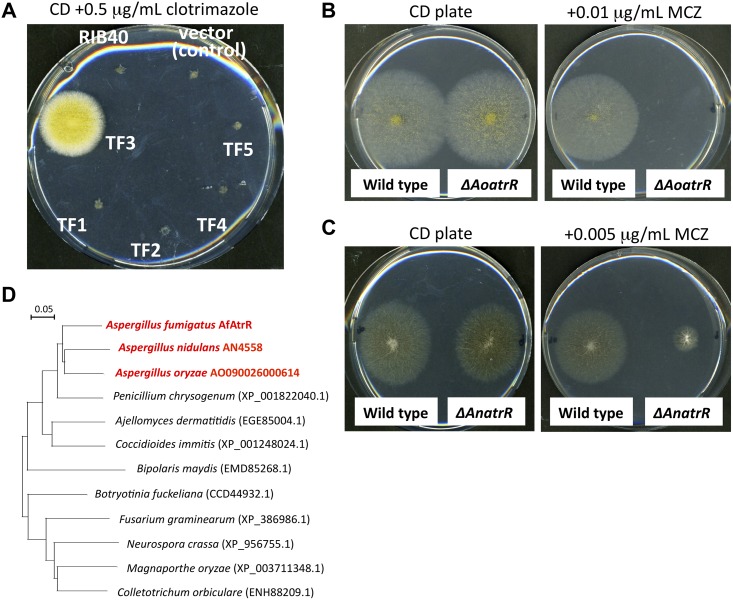Fig 1. Identification of AtrR-family genes in A. oryzae and A. nidulans.
(A) Growth of A. oryzae strains overexpressing the candidate genes on medium plate in the presence of clotrimazole. 102 conidia of the strains were inoculated on CD plate (1% maltose) containing 0.5 μg/ml clotrimazole and incubate at 30°C for 7 days. (B) Growth of the AoatrR deletion strain on medium plate in the presence of miconazole. 102 conidia of A. oryzae LigD (wild type) and the AoatrR deletion mutant (ΔAoatrR) were inoculated on CD plate (1% glucose) containing 0.01 μg/ml miconazole (MCZ) and incubate at 30°C for 5 days. (C) Growth of the AnatrR deletion strain on medium plate in the presence of MCZ. 102 conidia of A. nidulans KU70 (wild type) and the AnatrR deletion mutant (ΔAnatrR) were inoculated on CD plate (1% glucose) containing 0.005 μg/ml miconazole and incubate at 37°C for 5 days. (D) Phylogenetic tree of fungal AtrR ortholog proteins. The protein sequences were retrieved from NCBI database, and the sequence IDs were shown in brackets. The sequences were aligned by Clustal W program and the distances were calculated. The phylogenetic tree was drawn with an NJplot program.

